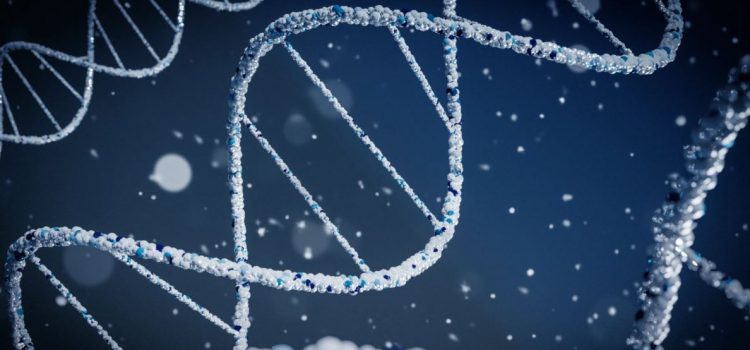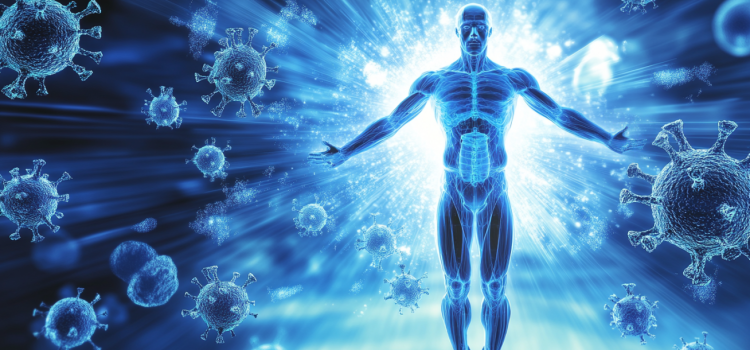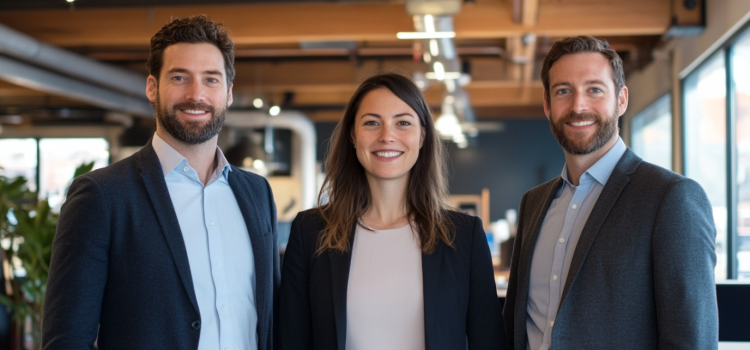Do you want to understand autoimmune diseases better? How does the human immune system work? Before anyone can learn how to prevent or reverse autoimmune diseases, it’s important to first understand what they are and how they originate. Amy Myers, a functional medicine physician and former emergency room doctor, explains this in her book The Autoimmune Solution. Continue reading for an explanation of how your immune system can turn autoimmune.
Understanding Autoimmune Diseases: Physician Explains










